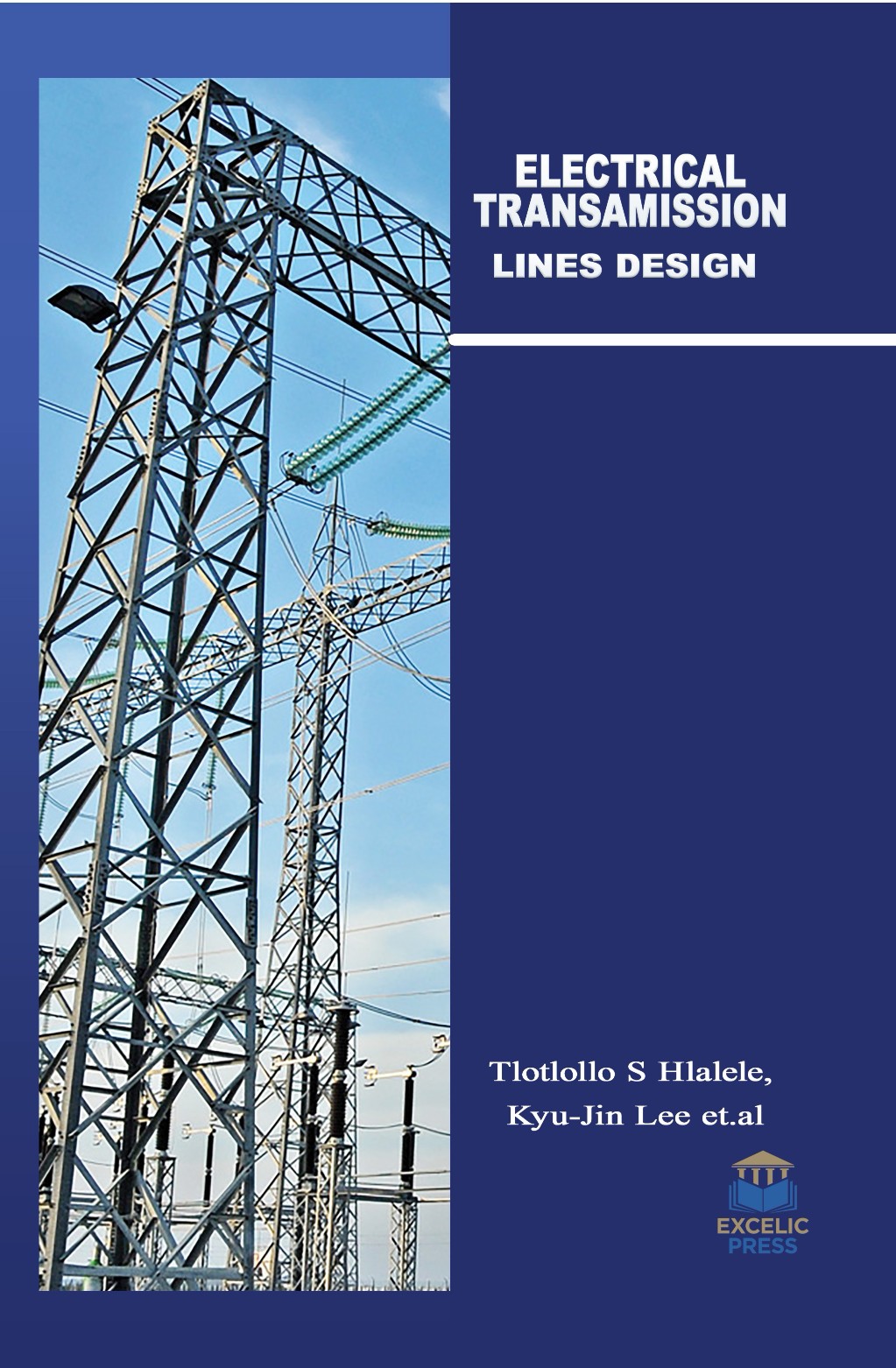Growing populations and industrializing countries generate huge needs for electrical energy. Unfortunately, electricity is not always used in the same place that it is generated, meaning long-distance transmission lines and distribution systems are essential. But transmitting electricity over distance and through networks includes energy loss. The electrical transmission system is more complex and dynamic than other utility systems, such as water or natural gas. Electricity flows from power plants, through transformers and transmission lines, to substations, distribution lines, and then finally to the electricity consumer. Depending upon the necessities of the transmission system, different line configurations have to be particular ranging from single circuit horizontal to double circuit vertical structures and with single or V strings in all phases, as well as any combination of these.
This book ‘Design of Electrical Transmission Lines’ provides state-of-the-art information and findings on transmission structures and foundations. Engineering students and practicing engineers need to know to effectively design overhead power lines. The contributed chapters are written by experts in power engineering, this detailed guide addresses component selection and design, load-flow analysis, power system stability, statistical risk management of weather-related overhead line failures, insulation, thermal rating, and other essential topics. In view of the imbalanced distribution of power load and resources, including the status of electric shortage, it discusses the long-distance transmission technology.













